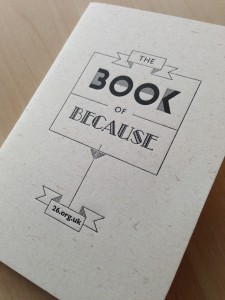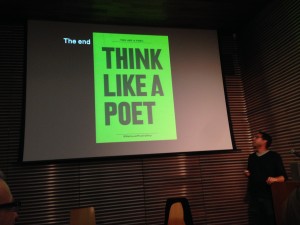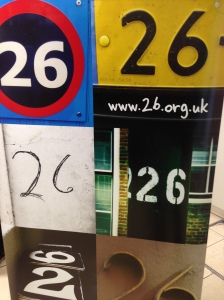During the creative writing workshop I hosted in June, I set a free-writing exercise using animals as a prompt. Gail, an artist who creates paintings and drawings of people and places around the North East, wrote about a peacock.
The idea took such a hold that she returned to it as part of her own free-writing practice. As an artist, she was able to visualise her words and draw the beautiful picture of the peacock protecting a peahen that I’ve used to illustrate this blog post. You can see more of Gail’s work on her website.
I hadn’t planned to use that particular exercise in that workshop, but conversations around the table in Beth’s cabin sparked the idea and I felt confident enough to go ‘off script’ and try it.
Creativity inspires creativity. Look at the world of professional creative art. You’ll hear music inspired by books and poems; paintings inspired by music; dance inspired by stories; sculpture inspired by movement. Creativity inspires.
Why creativity is important in writing for business
For all that’s so impersonal about the word ‘business’, business is essentially about people interacting with other people.
From the simplest of individual transactions (“I want that. I’ll pay you for it”), to more complex and subtle negotiation (“I want to be part of that. I’ll give some of my personal data in return”), business is about the exchange of goods, services and ideas between people.
Writing is a creative pursuit. In a world of business, it’s easy to lose sight of that in the midst of targets, focus groups, measurements and ROI. But I hope that in writing for business I never have lost the motivation and desire to be creative.
Connect with readers through empathy
 When Robert Frost wrote: “No tears in the writer, no tears in the reader,” he was talking about the power of poetry to connect writer and reader through empathy and shared experience.
When Robert Frost wrote: “No tears in the writer, no tears in the reader,” he was talking about the power of poetry to connect writer and reader through empathy and shared experience.
In business writing I say: “Boredom in the writer, boredom in the reader.” If I don’t find something interesting in what I write, why should you read it?
It’s up to me as a business writer to find something that excites, intrigues, delights or concerns me and to use that as a means of connecting with readers, customers, audiences.
All business thrives on creativity. Audience, targets, focus and goals are all important, but playing, trying new things, looking for inspiration outside the world of business is vital too.
Looking for creative inspiration?
If you’re looking for inspiration and time to write, join me for my next writing workshop in Northumberland. We’ll enjoy an environment that nurtures creativity. I’ll give you some prompts and time to explore your own writing. And you’ll be fuelled with tea, cake and lunch to keep your inspiration flowing.
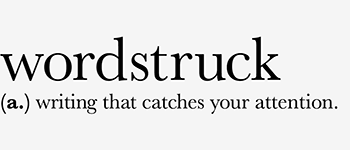
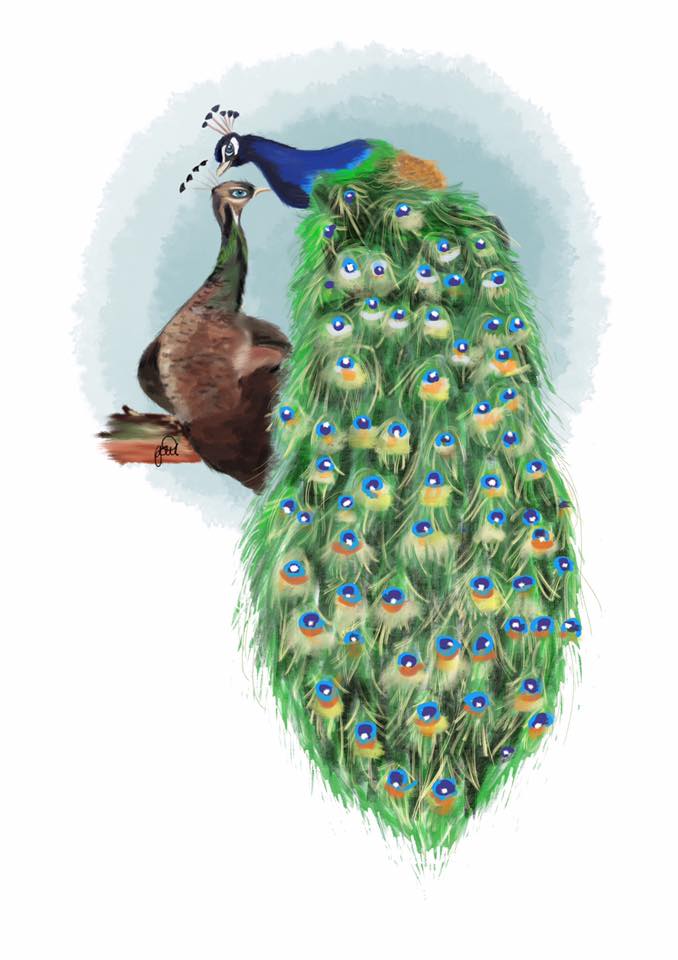
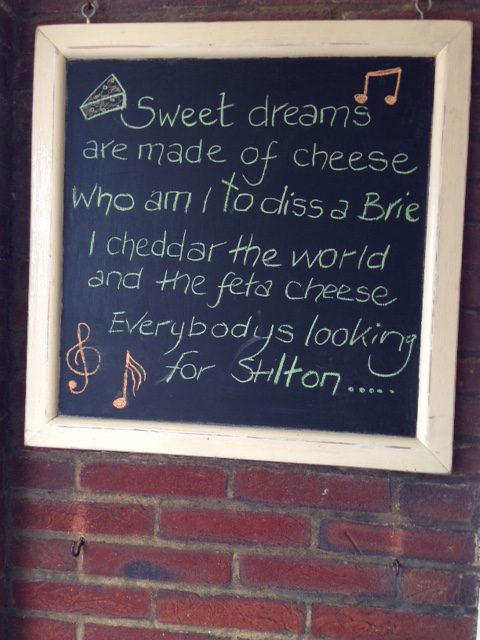
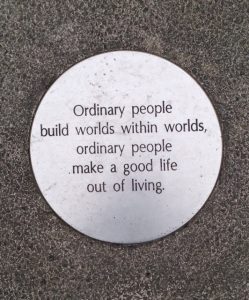
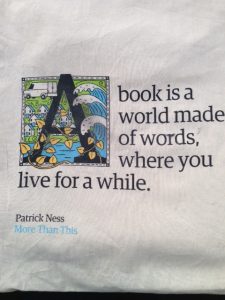
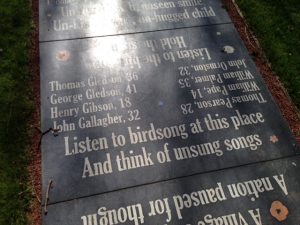

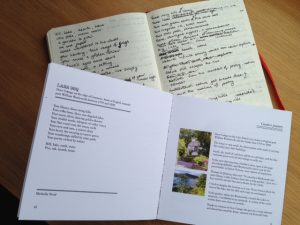 After many further scribblings and through many more pages of words, I eventually condensed my thoughts down to the 62 that make up my sestude. It was was published online and in a beautiful little pamplet along with other pieces that reflect places as diverse as Seamus Heaney’s football club to the Heinz factory.
After many further scribblings and through many more pages of words, I eventually condensed my thoughts down to the 62 that make up my sestude. It was was published online and in a beautiful little pamplet along with other pieces that reflect places as diverse as Seamus Heaney’s football club to the Heinz factory.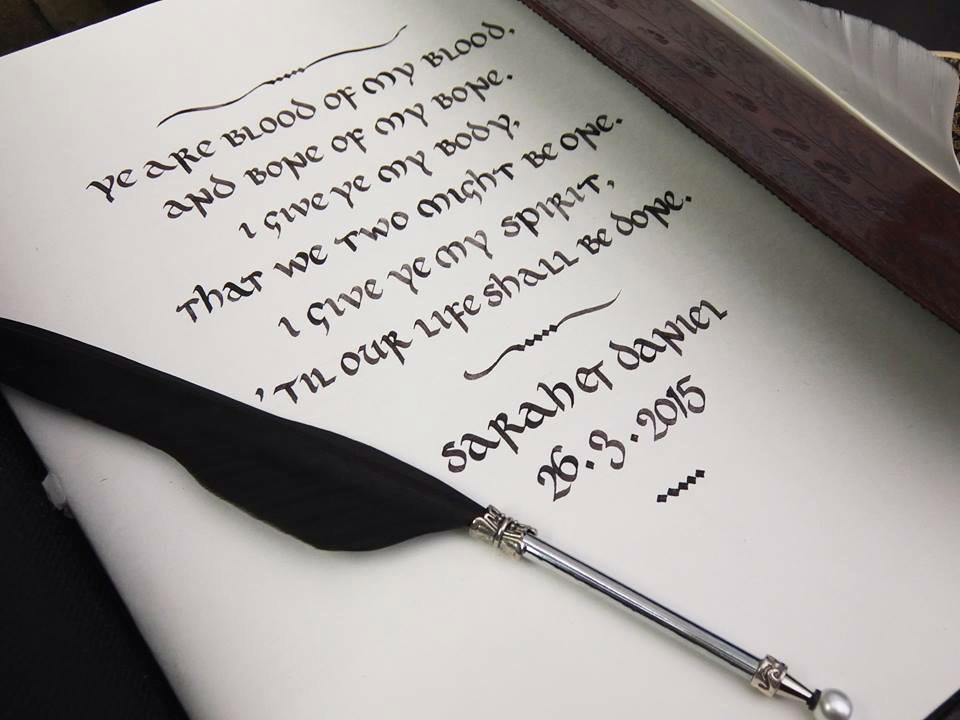
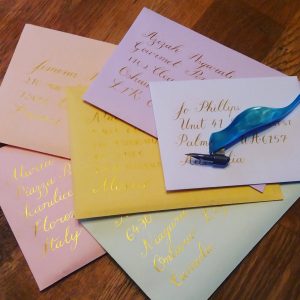 Angela makes words look beautiful, by writing them in elegant, sweeping calligraphy. She often works on commissions for weddings or special events, times when words take on special significance.
Angela makes words look beautiful, by writing them in elegant, sweeping calligraphy. She often works on commissions for weddings or special events, times when words take on special significance.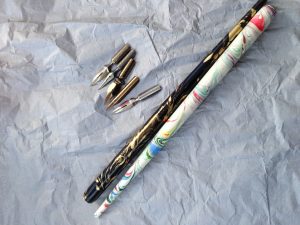 I increasingly type on a screen or touch a keyboard, but my preference for writing is always to start with a notebook and pen, or pencil.
I increasingly type on a screen or touch a keyboard, but my preference for writing is always to start with a notebook and pen, or pencil. A copywriter knows what style of writing works best for different media.
A copywriter knows what style of writing works best for different media. Do you talk the language of your customers? Are you trying to sell a drop-forged, chrome-coated,open-ended spanner, when your customer is looking for a tool to loosen off a nut?
Do you talk the language of your customers? Are you trying to sell a drop-forged, chrome-coated,open-ended spanner, when your customer is looking for a tool to loosen off a nut? How often do you find yourself in the middle of something, when your phone rings, or someone asks you a question, or an email pops up to distract you?
How often do you find yourself in the middle of something, when your phone rings, or someone asks you a question, or an email pops up to distract you?